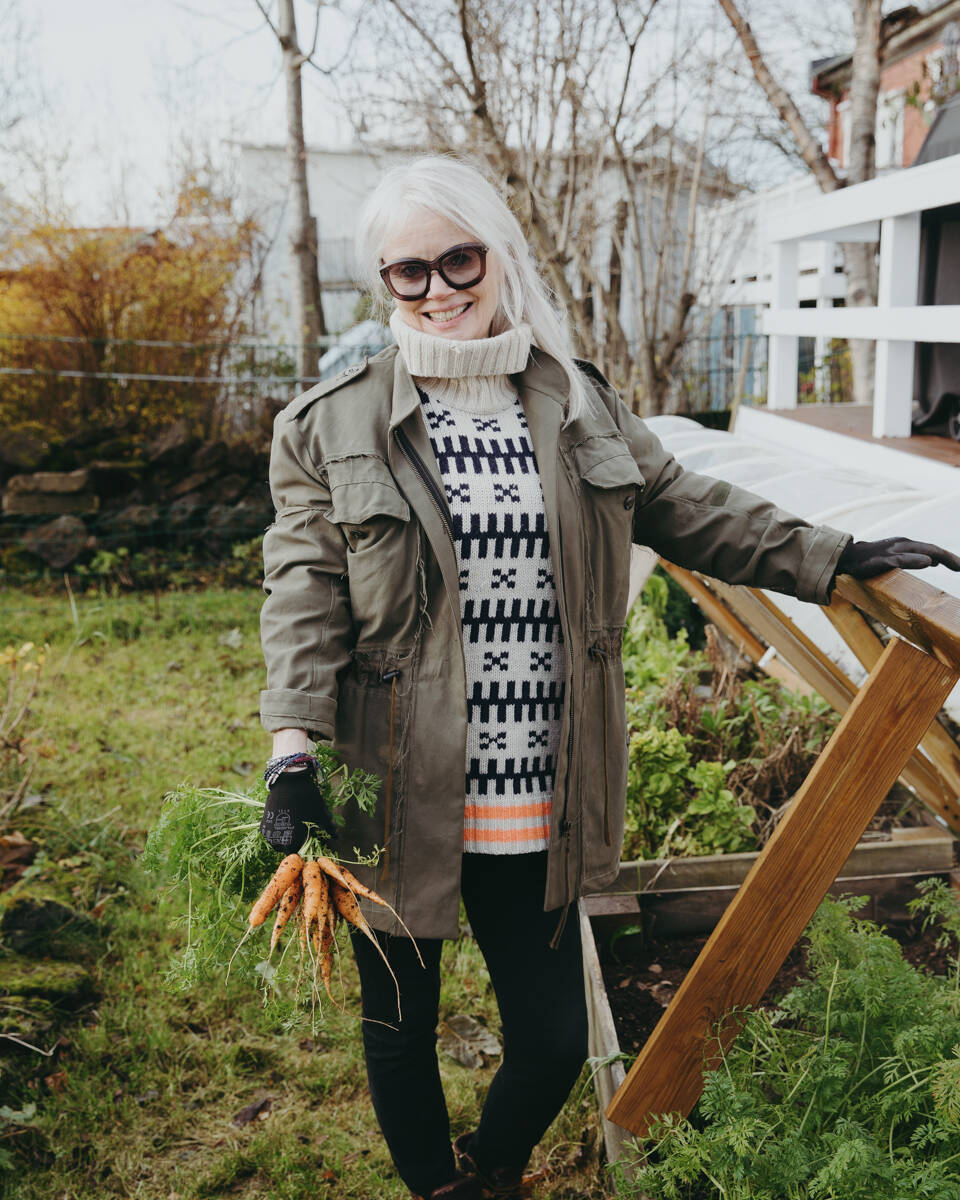
Solla Eiríksdóttir can show you the easy route to veganism
The chef, broadcaster and author of Vegan at Home helped change an entire country's dietary habits. Maybe she can change yours too?
Think you can’t at least try a little vegan cookery? Spend a little time with Solla Eiríksdóttir. This chef, broadcaster and cookbook author grew up in Iceland in the mid-20th century, when the chances of finding a well-stocked tofu or tempeh supermarket shelf in a land dominated by ice floes, volcanoes and a hugely industrialised fishing fleet was slim to non-existent. Spurred on by her own personal dietary difficulties, as well as a strong belief in the benefits of plant-based foods, Solla has won over thousands of her fellow countrymen and women to her way of eating, and has picked up a few celebrity advocates, such as Ben Stiller and Gwyneth Paltrow, along the way.
In her new book, Vegan at Home, she breaks down vegan cookery to its basics (get this book, and you’ll soon be making your own oat milk and nut butters), before building it all up again, into a delicious range of dishes, from tagines to tiramisu. In our interview, she describes her own route to veganism, how novice chefs should approach this style of cookery, the unhealthy habits many young vegans pick up, and why she thinks the future will be (mainly) meat-free.
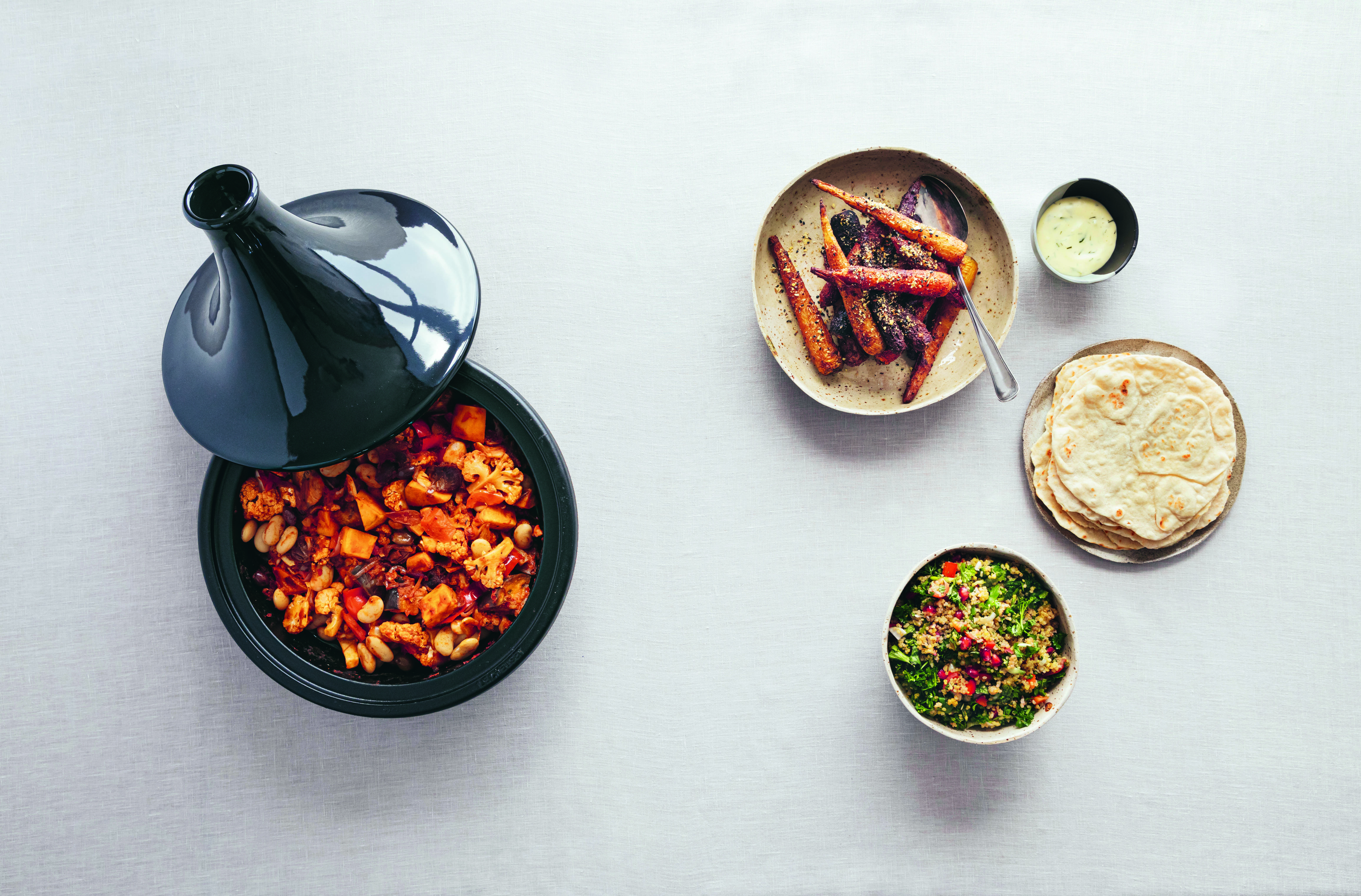
Vegetable tagine, tzatiki, flatbread, herbed quinoa, spicy roasted carrots with black gomasi
We often associate Iceland with volcanoes and fish, not vegan food. How did you become a plant-based pioneer? My parents had a vegetable garden a short drive outside Reykjavik. We would go there after work or on weekends. They were both teachers, and in Iceland we have a long summer vacation, so we could go there a lot. I helped weed and water the plants. I really enjoyed it. They cooked a lot of vegetarian food. In 1978 I moved to Denmark; this was just after the hippy years and [the Copenhagen hippie enclave] Christiania was still blooming, so I was exposed to the hippie philosophy without smoking weed. In Copenhagen the first thing I learned to cook was beans and millet and grain. When I returned to Iceland, I couldn’t find a lot of the foods I had enjoyed in Denmark, so I started to make my own. Some of my daughter Hildur’s earliest childhood memories are of me turning our home into different kinds of food-making factories.
When did you turn professional? I opened my first restaurant when Hildur was probably 14. I had worked in a vegetarian restaurant; then I started to teach this type of cookery; and the lady said: ‘Do you want to open up a more modern restaurant? I have the money and you have the recipes.” Then an Iceland supermarket chain asked if I would do a book. I said yes, so long as every ingredient in the book can be bought in the supermarket. They agreed, and eventually added a health food section to the supermarket. I started to give cookery classes in the supermarket, and they asked me to become an ambassador for this organic, plant-based brand we make together. After that, I started to go on morning TV around 1996, and continued to broadcast for probably twelve or so years; that was great, I could do anything I liked.
What’s the best way to approach vegan cookery, if you’ve never really done it before? Well, the book is in two parts. The first part teaches you some basic recipes, to make everything you need in the pantry, and the second part features more complicated dishes. So, the first thing I would suggest is for new cooks to challenge themselves to make one thing from the first part. Let’s say you choose to make the milk yourself. Practise that one thing until I feel confident doing it. You will realise that it is much simpler and easier than you think. And you will think you’re getting some kind of superpower because you can change just one ingredient – say almond - into milk, or yoghurt or sour cream or even a cheese. Once you realise this, then you’re closer to living the lifestyle.
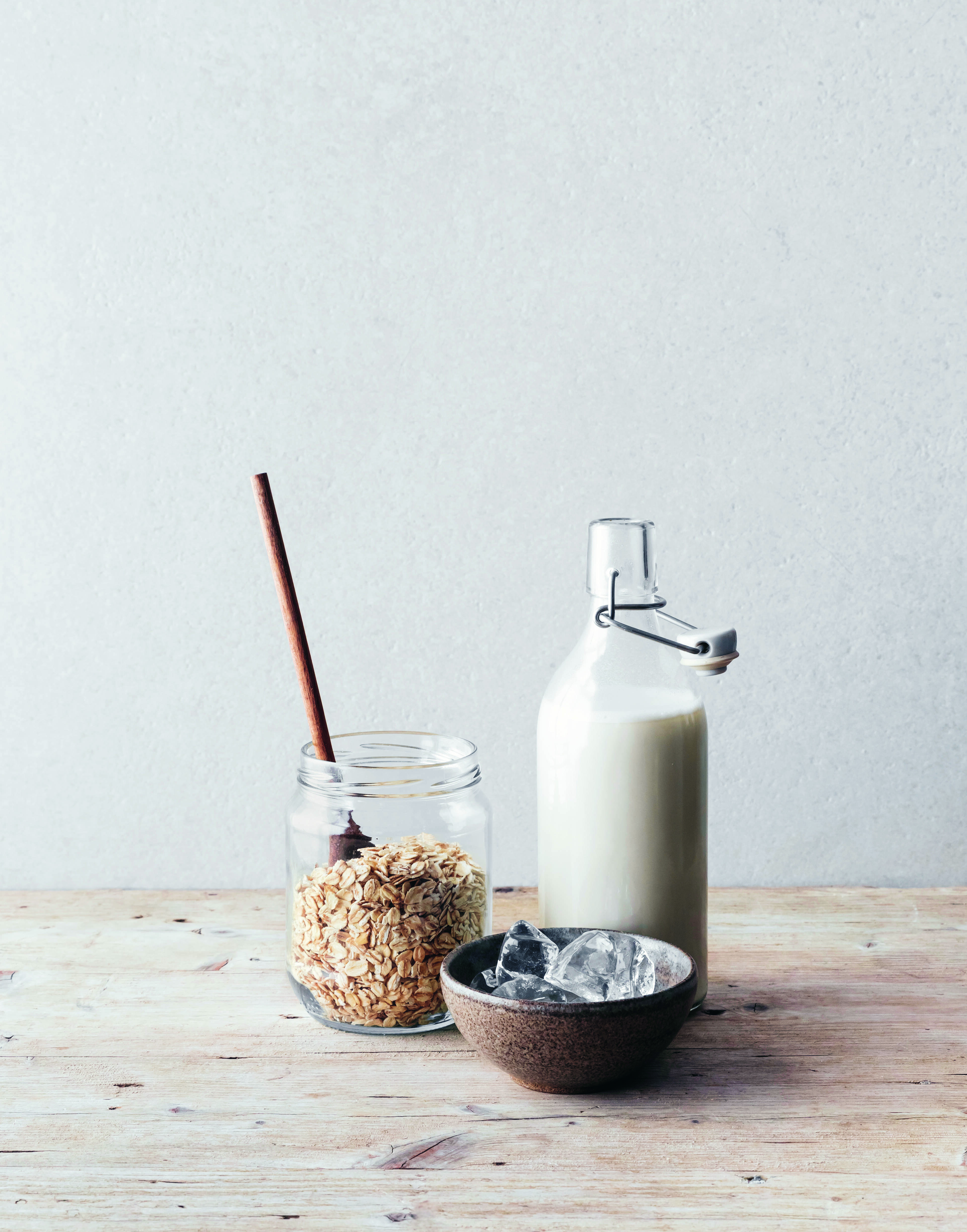
Oat Milk. Photography by Hildur
A vegan diet isn’t necessarily a healthy diet. After all, French fries are usually vegan. How can people make sure they get all the nutrients they need? It can be difficult, especially with so many young kids becoming vegan; their parents don’t know how to cook vegan food and so the kids become junk-food vegans, living off carb-heavy foods. That is the next generational concern. Eating bread, potatoes all the time, with maybe French fries, and bread with jam is really bad! Once I helped a 170-kilo guy attempt to drop down to 100 kilos in six months. Before he started, he was a very unhealthy vegetarian, eating a lot of candy, sugar and junk food – nothing healthy. He ate at my restaurant all the time and he got food from me, for breakfast, lunch and dinner. And we got him down to almost 100 in six months.
I did a Veganuary experiment five years ago. An experiment on myself and I decided to do it like fast food vegan. I decided to eat vegan burgers, processed vegan. I gained five kilos. And at my age five kilos are not easy to get rid of again. I knew it wasn’t good for me, but I was glad that I did it. So many young activists think they love being vegan, but don’t think about the health consequences. It’s the next challenge. Vitamins, such as vitamin B12 [an essential nutrient not present in many vegan diets] are important. I recommend everybody take vitamins. And if you really think you are in danger of B12 deficiency, use your doctors. I get checked like once a year and I recommend people do it. I take vitamins daily.
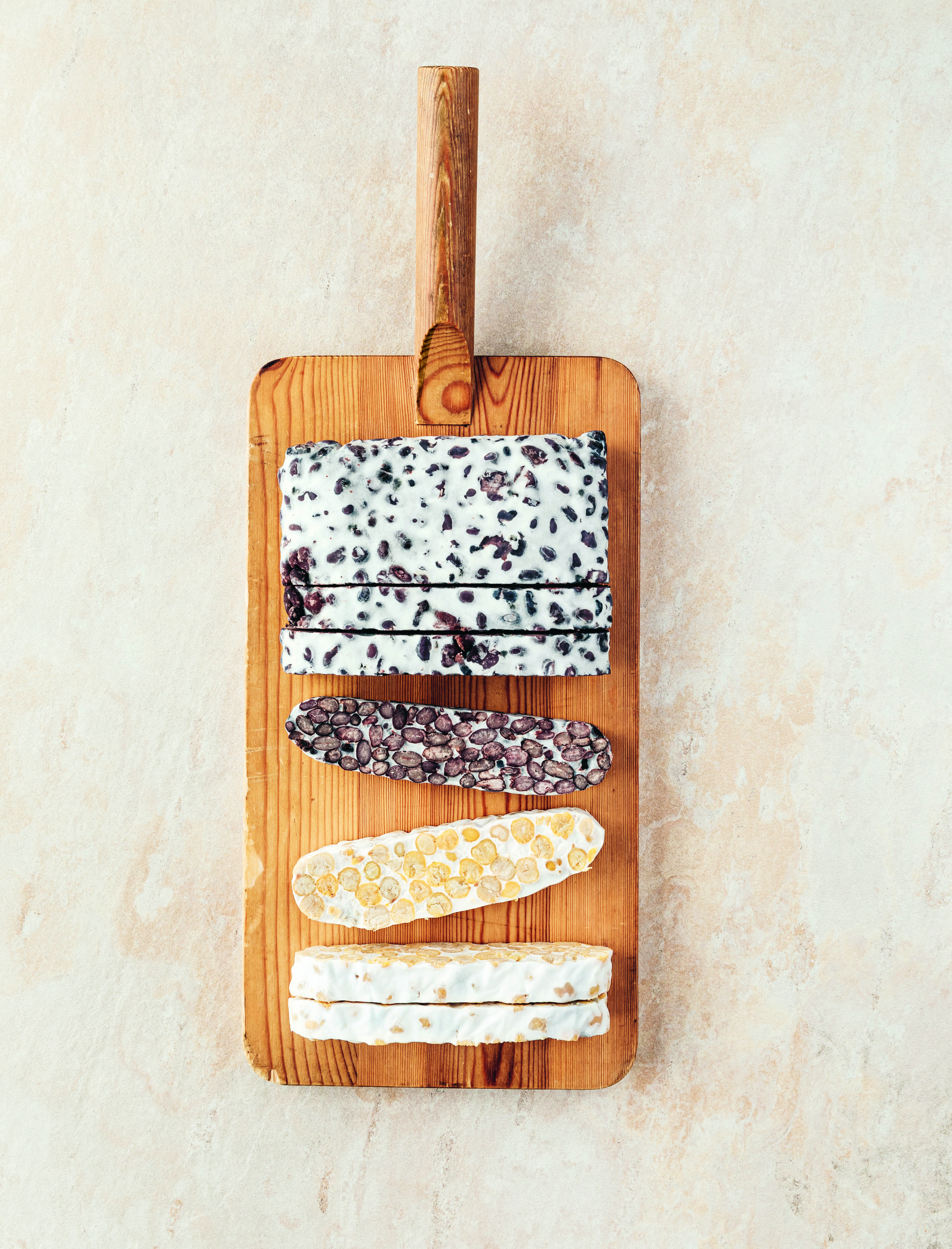
Tempeh. Photography by Hildur
What do people cook for you when they invite you to dinner? Do you always accept dinner innovations? I think, when people invite me to dinner they’re concerned I’ll criticise them for this or that. That’s not good for anybody. So, I always say I would love to go to dinner. Then I say I don’t eat meat and fish and it would be nice to not have too many dairy products, because I’m not used to them; I don’t say none at all, because they get really, really stressed. They should just go with their heart, and I will be so happy.
For people starting out on a vegan diet what are the basic ingredients we should keep in the pantry? I would say chickpeas! Because with chickpeas you can make humous, tofu and you have them as a protein for some dishes as well as a snack. Then I would say some grains. I love quinoa. You can use rice, but I love quinoa. And then I would say one or two kinds of nuts and seeds because you can also make a lot from those. I love sesame seeds and sunflower seeds. Sunflower seeds are cheap – even just roasting them for a snack. Just find out what you love. I always have a good oil, some tomato paste, some spices and some lemon. You can always rescue everything with that, and some good chilli.
The book is called Vegan at Home but lots of us are having to move back into the office. Are there dishes that travel well? Yes, I love Chilli, for example. It’s really easy it’s easy to make, it’s long lasting, and it travels well. You can have chilli and salsa and avocado and then you can have tortilla and you can all put it in a sandwich which is easy to transport. You can eat it as it is for dinner and the next day you can make burrito or tortilla for your office. If I have to go somewhere the next day, I always try to think what I can make and put in a lunch box. I try to create a weekly menu.
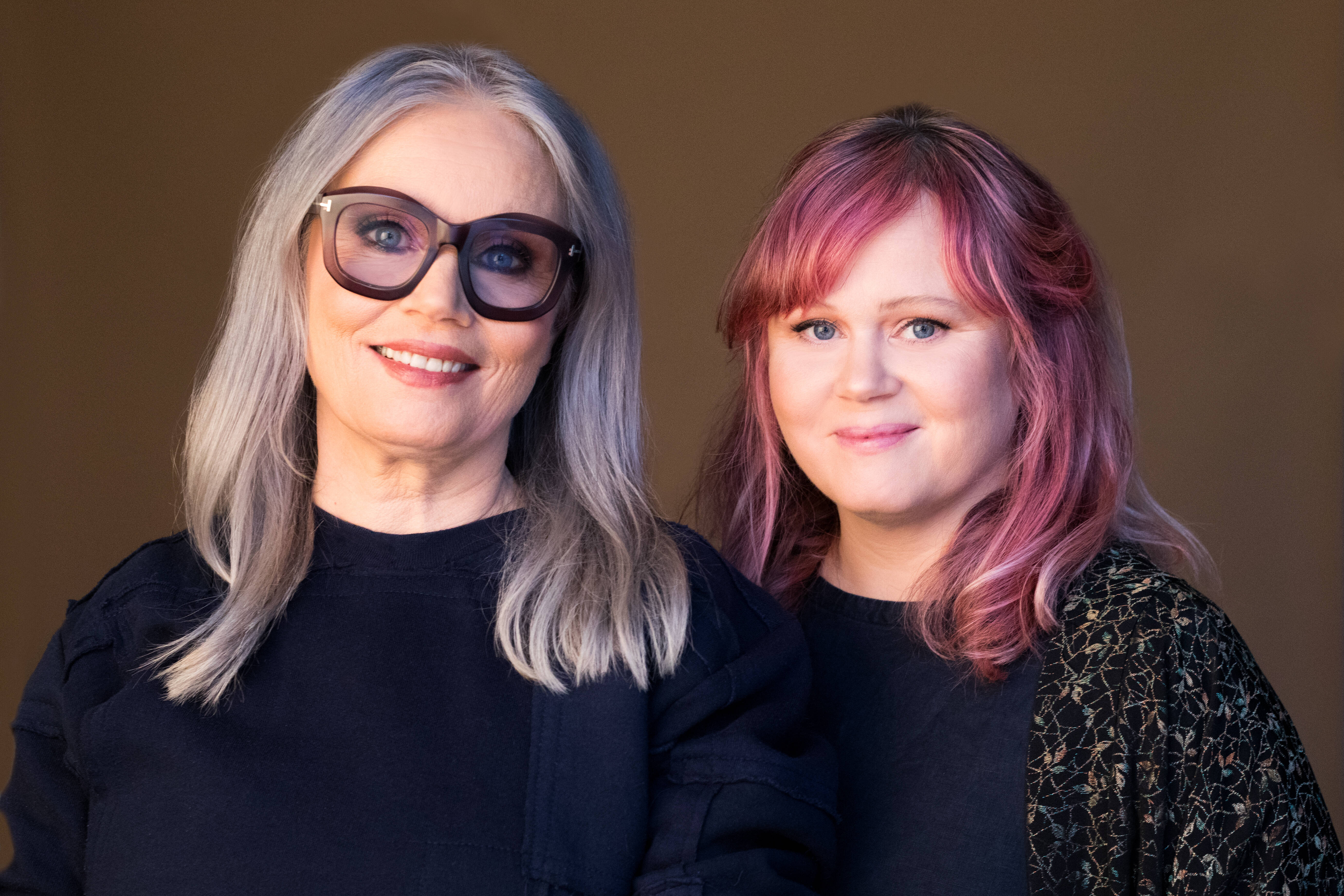
Solla and her daughter, the photographer Hildur. Photograph by Gunnlo
Your daughter Hildur took all the photographs in the book, how does the professional relationship work? One of the things I love about our cooperation is that it is a little bit ‘homey’. She takes care of the visuals and I take care of the food. She has always been really creative (Hildur toured with Sigur Ross as saw player) and always had an artist’s eye. For all the books I’ve made she has been the food photographer, and then I have a stylist and then one who takes care of all the props. Hildur does all of those three things so that makes it more whole. She doesn’t have to argue with other creatives! She has always been creating art with her photography and she is using a lot of food. Not cooked food but you know it’s like as a tool instead of painting and they are beautiful. She is good at building up the pictures.
You have some pretty striking tattoos. When did you get them? About four or five years ago. I suddenly became interested in tattoos, and when I get interested in something, it’s all or nothing. One set took three sessions, each lasting seven hours; it took so much time because the tattoos required careful shading. The artist was really good. I’m glad I got into them late in life. This one guy said to me, ‘it’s so nice, when you go into your box, they will still look fresh’. That’s true!
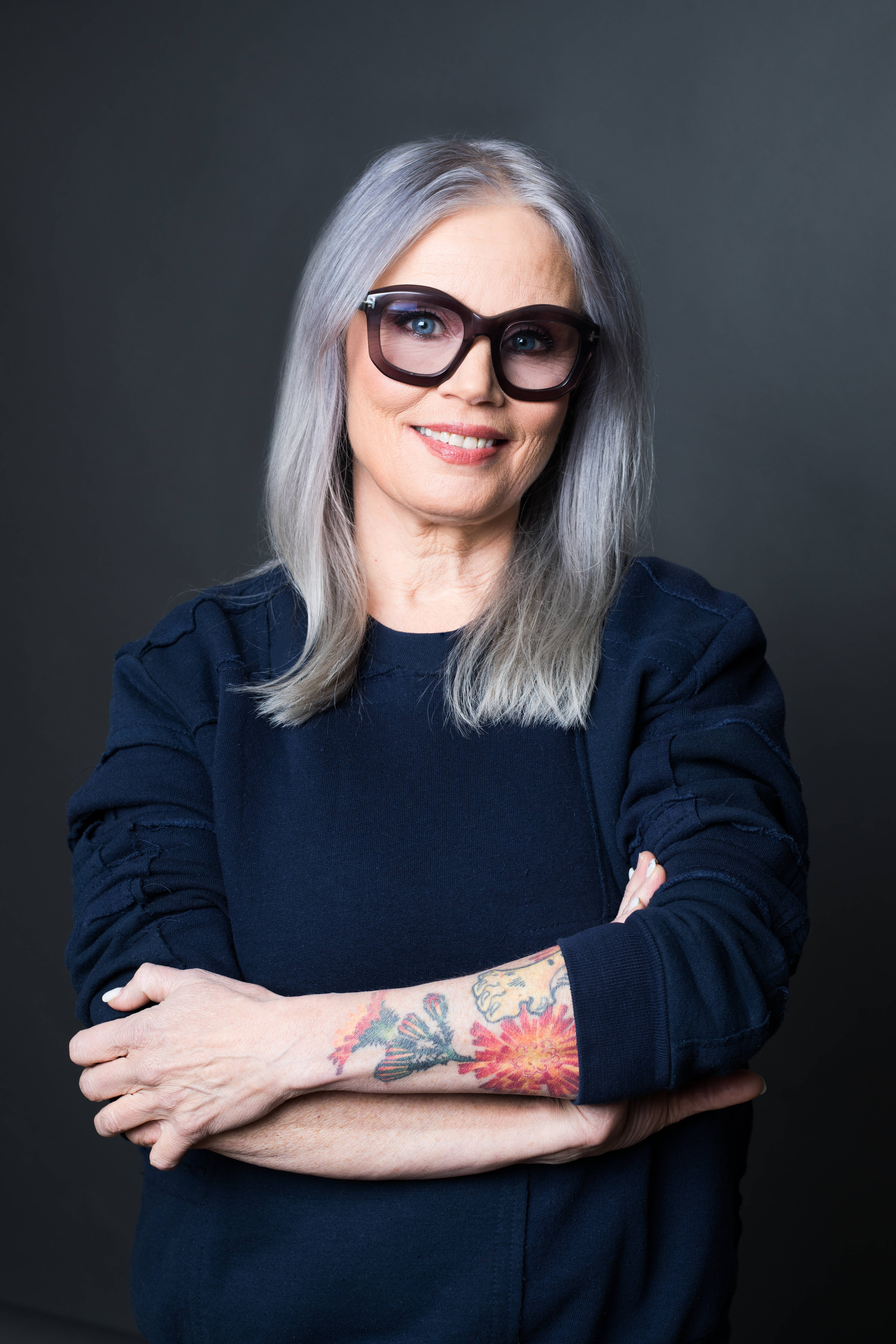
Solla. Photograph by Gunnlo
How do you think veganism will change in the future? I think there will be different waves; I imagine people’s diets becoming 70 percent plant-based, but healthier. They will choose their meat very well. So, say once a week they will have good quality organic meat, and once a week they will have a fish dish. Then they will have four or five days of plant-based eating: two totally vegan, and two with a bit of cheese and eggs. I hope they will take care of their nutrition.
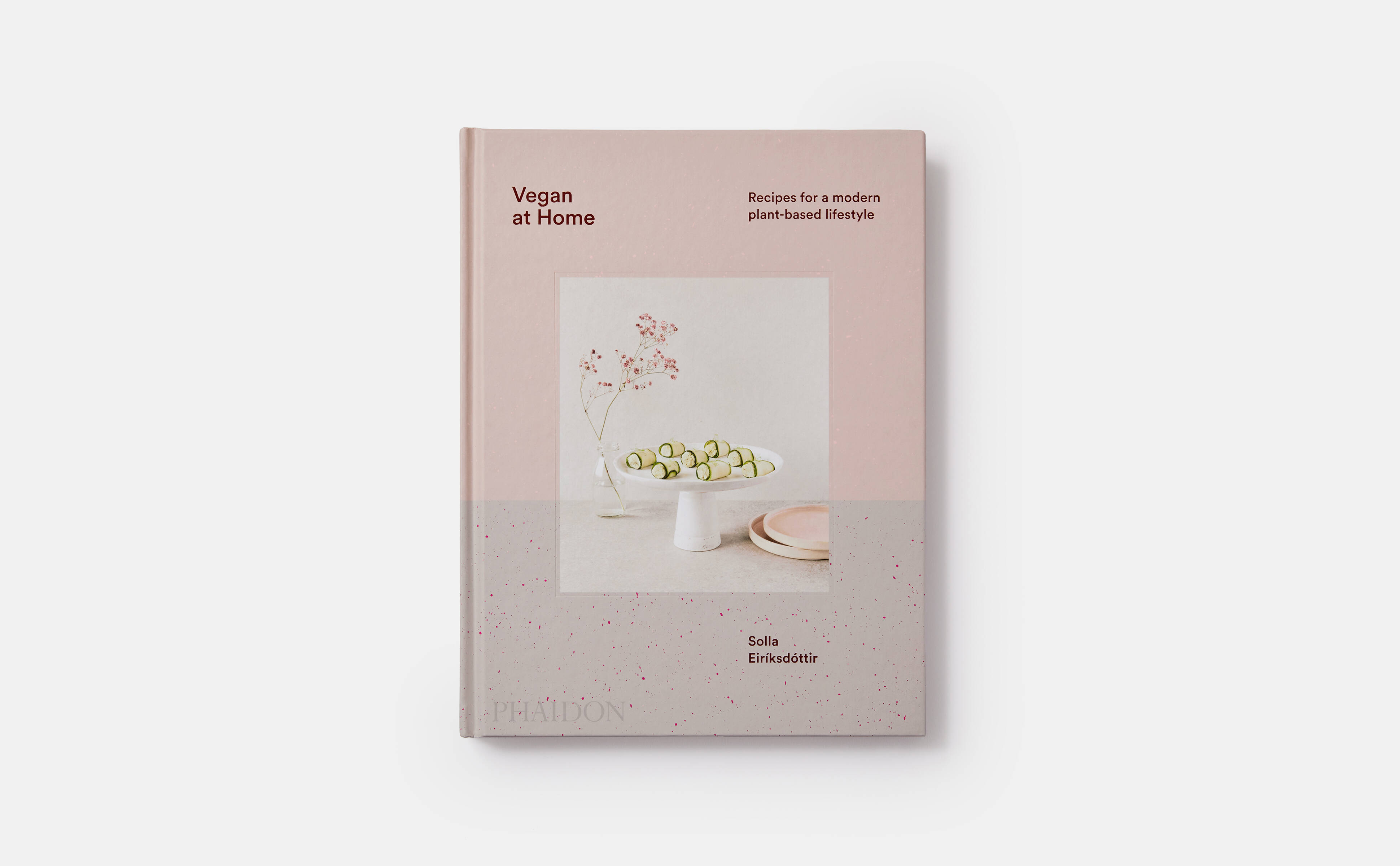
Vegan at Home
For more from Solla as well recipes for all the dishes featured here, order a copy of Vegan at Home here.